Growth in Renewable Energy Sector
The expansion of the renewable energy sector is a pivotal driver for the Global E-fluids Market Industry. As the world increasingly turns to renewable energy sources, the need for efficient cooling and lubrication fluids in wind turbines, solar panels, and energy storage systems becomes paramount. E-fluids are essential for maintaining the operational efficiency and longevity of these systems. The market's growth is closely tied to the increasing investments in renewable energy infrastructure, which are expected to rise significantly in the coming years. This trend aligns with the overall market growth trajectory, potentially reaching 30 USD Billion by 2035.
Rising Demand for Electric Vehicles
The increasing adoption of electric vehicles (EVs) is a primary driver for the Global E-fluids Market Industry. As consumers and manufacturers shift towards sustainable transportation, the demand for specialized fluids that enhance the performance and efficiency of EVs is growing. In 2024, the market is projected to reach 12.5 USD Billion, reflecting the industry's response to this trend. E-fluids play a crucial role in battery cooling, lubrication, and thermal management, which are essential for optimal EV operation. This trend is expected to continue, with the market potentially reaching 30 USD Billion by 2035, indicating a robust growth trajectory.
Increasing Focus on Energy Efficiency
The Global E-fluids Market Industry is experiencing a surge in demand due to the growing emphasis on energy efficiency across various sectors. Industries are increasingly recognizing the importance of optimizing fluid performance to reduce energy consumption and operational costs. E-fluids, designed for high efficiency and low friction, contribute to improved energy savings in electric vehicles and industrial applications. This trend is supported by the global push towards sustainability and cost-effectiveness. As organizations strive to meet energy efficiency targets, the demand for advanced e-fluids is likely to rise, further propelling market growth in the coming years.
Regulatory Support for Sustainable Solutions
Government regulations promoting sustainability are a significant catalyst for the Global E-fluids Market Industry. Many countries are implementing stringent emissions standards and incentivizing the use of eco-friendly technologies. This regulatory environment encourages manufacturers to develop and adopt e-fluids that minimize environmental impact while maintaining performance. For instance, initiatives aimed at reducing carbon footprints are likely to increase the demand for e-fluids in various applications, including automotive and industrial sectors. As a result, the market is expected to expand, with projections indicating a growth to 30 USD Billion by 2035, driven by these supportive policies.
Technological Advancements in Fluid Formulation
Innovations in fluid formulation are significantly influencing the Global E-fluids Market Industry. Advances in chemistry and materials science have led to the development of high-performance e-fluids that offer improved thermal stability, conductivity, and lubrication properties. These advancements not only enhance the efficiency of electric and hybrid vehicles but also cater to the growing needs of renewable energy systems. As manufacturers invest in research and development, the market is likely to see an influx of new products that meet stringent performance standards. This could further drive market growth, aligning with the projected CAGR of 8.28% from 2025 to 2035.


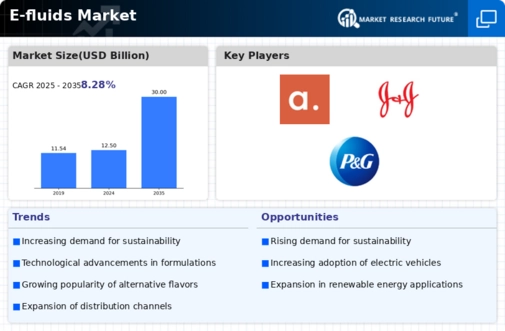

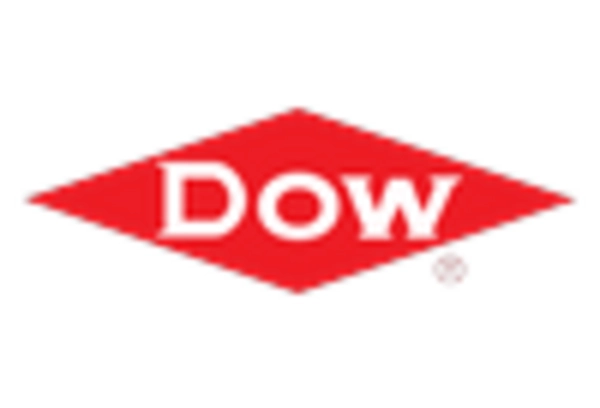
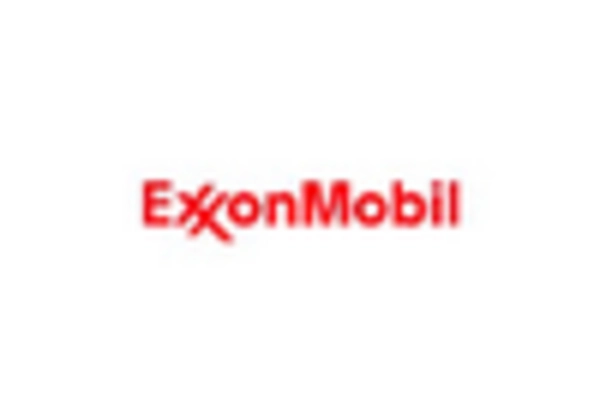
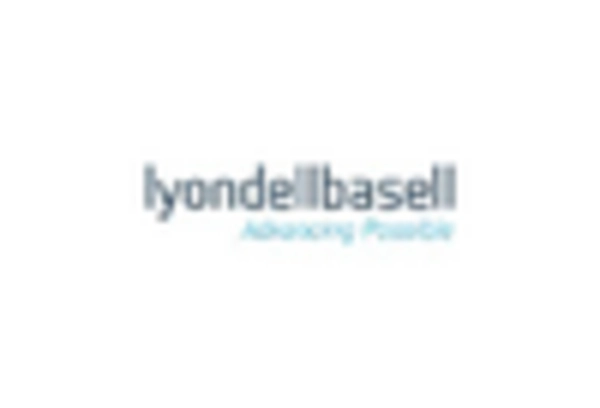
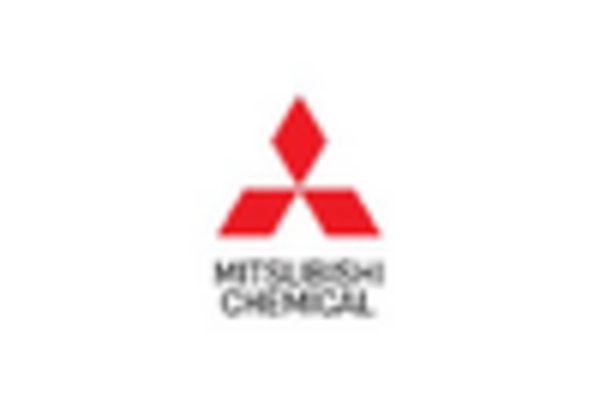









Leave a Comment